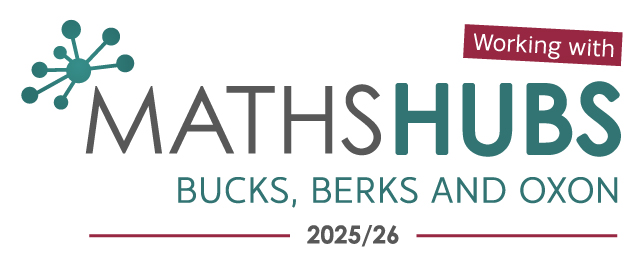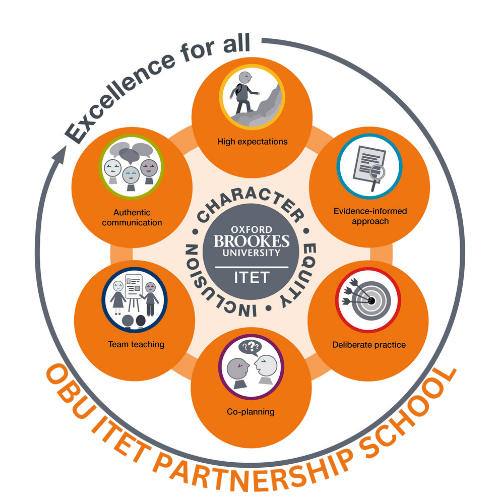Little Wandles Phonics
Phonics and Early Reading at St Thomas More
At St Thomas More Catholic Primary School, we follow the Little Wandle Letters and Sounds Revised programme to teach phonics. This systematic approach helps our children become confident, fluent readers from the very start of their learning journey.
Why Reading Matters
Reading is a vital skill for success in every subject and beyond school life. A love of reading enriches children academically, socially, and emotionally—opening up new ideas, experiences, and opportunities.
How Children Learn to Read
Phonics is the foundation of reading.
-
Children learn to recognise sounds (phonemes).
-
They blend these sounds to read words accurately.
-
Over time, they develop fluency in reading words, sentences, and full texts.
To support this process, children read fully decodable books matched to their current phonics stage.
These books:
-
Are carefully sequenced through the Little Wandle scheme.
-
Help children practise and apply what they’ve learned.
-
Encourage reading confidence without guessing words or relying on pictures or context clues.
At St Thomas More, we use the Big Cat Reading Scheme, which aligns with Little Wandle to ensure a structured and consistent approach.
The Role of Parents and Carers
Parents and carers play an essential role in developing a lifelong love of reading. You can support your child by:
-
Modelling reading at home and showing enthusiasm for books.
-
Reading together regularly to build vocabulary and comprehension.
-
Writing positive comments in the reading diary to celebrate progress.
Each week, your child will bring home two types of books:
Reading Practice Book – fully decodable and matched to their phonics level.
- Listen to your child read aloud.
-
Offer praise and encouragement.
-
If they get stuck, simply say the word and carry on.
-
Talk about the story afterwards to support understanding.
-
Sharing Book – a book chosen for enjoyment.
-
Read it together, take turns, or enjoy listening to your child’s ideas.
- Discuss the pictures, characters, or facts.
- Focus on fun, imagination, and fostering a love of reading.
Phase 2 sounds taught in Reception Autumn 1
Phase 2 sounds taught in Reception Autumn 2
Phase 3 sounds taught in Reception Spring 1
How we teach blending
A quick guide to Alien words
How we teach tricky words
Year 1 Phonics Screening Check-Week Starting: 9th June 2026
Our Year 1 students will take the Phonics Screening Check in June. This statutory assessment helps teachers and parents understand how well your child is progressing with phonics. It also identifies if additional support is needed to ensure they stay on track with this crucial early reading skill.
The Phonics Screening Check includes 40 words in total: 20 real words and 20 "alien" (nonsense) words (more guidance below). If your child does not pass in Year 1, they will have the chance to retake the check in Year 2. Parents will be notified of their child's progress in the Phonics Screening Check.
Please see Parent Guide below for more information.





